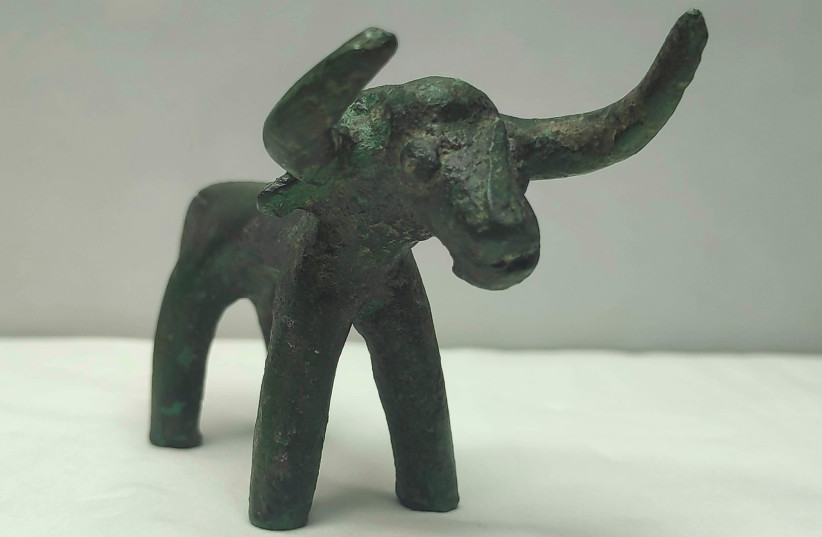Archaeologists in Southern Italy uncovered a trove of historical treasures in a temple in the ancient city of Paetsum. The treasures include a statue of the the Greek god of love Eros, Terracotta bull heads and dolphin statues.
This is the most significant find at the site and has revealed a, previously lost, set of religious practises that date back to the 5th century.
Tiziana D’Angelo, the Director of the Paestum archaeological site, told ANSA the dig was set to “change the recorded history of ancient Poseidonia”.
The temple where the discoveries were made is also a relatively new find, having only been discovered in 2019. Archaeologists were forced to pause excavations because of the COVID-19 pandemic.
The animal figurines and what they are thought to have meant
The bull heads were found around a temple alter, leading archaeologists to believe that the city’s religion involved animal sacrifice.
The bull was often used as a symbol of the Minotaur and, as is likely in the case of this temple, a symbol of the Greek god Zeus.
Zeus was considered to be the god of weather, and the father of that generation of deities. In one myth, Zeus turned himself into a white bull in order to trick princess Europa. Once Europa climbed onto the bull’s back, Zeus kidnapped her. Europa’s brother was sent to find her but failed, and the continent of Europe was named in her honor, according to the House of European History.

The dolphin statues found are thought to have been created by the Avili family of ceramists. This would be the first time that the family’s work has been found in Paetsum, according to Sky News. Dolphins had great significance in Greek mythology and were thought to be messengers of the gods and they feature in a number of myths.
What were Greeks doing in the Italian city?
The city was founded in the 6th century by Greek colonists from Sybaris. It was named ‘Poseidonia’ which translates to ‘the city of Poseidon.’ Poseidon was the Greek god of the sea.
The city was known for its agriculture and commerce, Heritage Daily reported.
The city was also known for its medical advancements and drew a wide number of visitors from across the Mediterranean, according to Ancient Origins.
